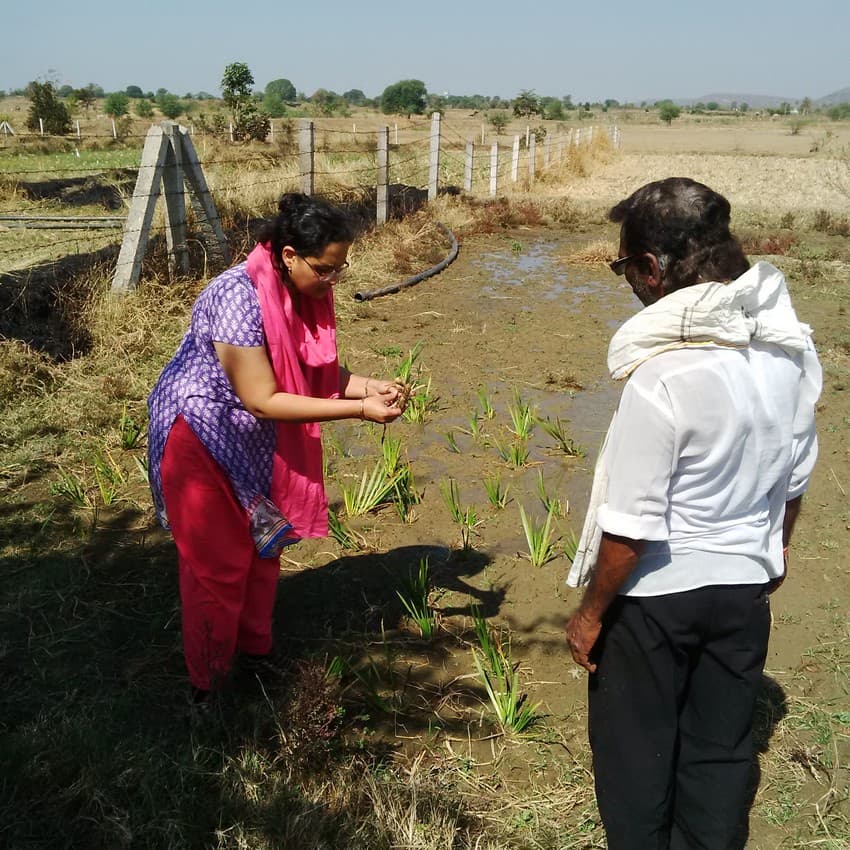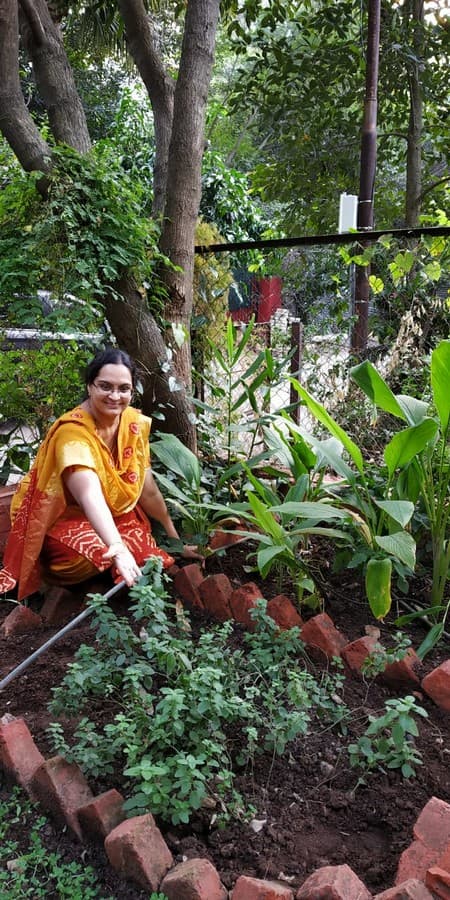Project Title
Development of Manual for Non-palatable alternative medicinal crops – as a solution for long term conflict management for fringes of protected areas.

Project Grantee
Mrs. Poorva Shailesh Joshi (MSc Botany)
Q & A with the Grantee
1) How serious a problem is crop depredation by wild herbivores for poor farmers and the village economy?
Crop raiding by wild animals is a major and underestimated problem. On the fringes of all conservation areas, conflict between farmers and crop raiders has increased substantially, causing tremendous agricultural loss due to crop damage. Limited livelihood opportunities due to buffer area restrictions only add to the troubles of farmers. This serious problem needs immediate attention to ensure alternative livelihood options.
2) Can you share any experience, while working on this project that filled you with hope?
There is constant pressure of crop raids and farmers need to guard their farmland at night as well, by taking the risk of personal harm. I have personally witnessed and experienced a complete devastation of chana crop while sitting on machan at night. This experience pushed me towards finding a solution in the form of crop alternatives.
3) Now that you have put together pictorial handbooks about non-palatable medicinal crop plants that fetch a good economic value, what would be the next step to make their cultivation successful and sustainable, and their sales profitable?
We started systematic development of the Vansum Medicinal Plant Nursery with one gram sabha that received Community Forest Rights approval, during the COVID-19 pandemic. The aim of the nursery is to make available non-palatable medicinal crop saplings based on the pictorial handbook as a tool. This community participatory project will help in supporting current agriculture-based livelihoods in the long run. We are in the process of setting up the nursery, training locals, building awareness towards adoption of this model, and engaging local NGOs for systematic clustering of farmers from nearby villages. We are in the first phase of model generation, which will lead to knowledge sharing, cultivation practice standardisation suited to local conditions, quality planting material knowhow, and systematic production in the form of saplings. Eventually, with some grant support, we will be able to work on value addition development with special reference to self-help groups and direct linkages to trade markets. This model has many unique in-built opportunities that can be replicated in the Central Indian Landscape.

Images courtesy: Mrs. Poorva Shailesh Joshi
